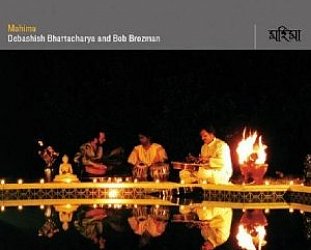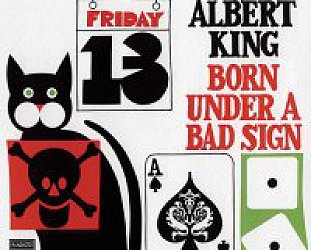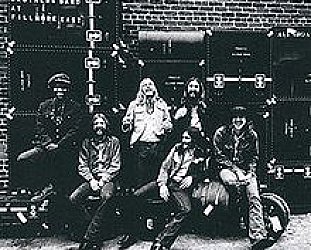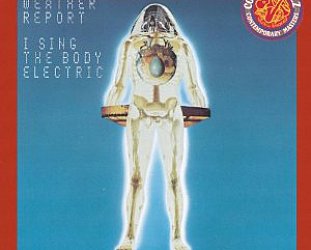Graham Reid | | 1 min read
Sharma, Kabra, Chaurasia: Rag Pahadi

When this beautiful, elegant tone poem of Indian classical music was reissued in 1995 on the EMI Hemisphere label (with three extra tracks), people like me with a long affection for Indian music could hardly believe our luck.
It was one of those long-hard-to-find albums -- although it had been kept in print in India, where I'd bought a bad copy on cassette in then-Calcutta -- Call of the Valley is a classic of its kind.
It was also an album which brought Hindustani classical music into the orbit of the West at exactly the time when raga-rock (post the Beatles' Norwegian Wood and at the time of Sgt Peppers) and Ravi Shankar were gaining a lot of attention.
And by sheer coincidence given the expanding nature of rock albums of the period, Call of the Valley was "a concept album" too.
Crudely put, it follows the arc of a Kashmir day from dawn to dusk and beyond, but it also includes a romance where the acoustic guitar (played by Kabra) takes the part of the man, the tinkling and delicate santoor (Sharma) is the woman and the flute (Chaurasia) evokes the natural world they inhabit as well as warning of prying eyes (in the Rag Piloo section).

This was also an album which helped establish the santoor (see right, an instrument with 87 strings which are struck with mallets) as a popular instrument in Hindustani classical circles.
Curiously although the album was recorded over one night in a studio in Mumbai, it sounds as open and as outdoors as the natural world it evokes: there is a spaciousness and airiness to many of the pieces, and the subtle move through the changing moods of the day and the romance make for a gentle journey.
Although Call of the Valley had the good fortune of excellent timing in '67, it is also a timeless album because of its simplicity, direct appeal to the heart rather than the head, and the subtle movements of the short ragas that have been woven together to create the tapestry of the story.It is a cliche to observe this about an album of Indian music, but Call of the Valley really is an album where you light some incense, dim the lights and close your eyes ...
You will escape into a world of exotic loveliness.
.
These Essential Elsewhere pages deliberately point to albums which you might not have thought of, or have even heard . . .
But they might just open a door into a new kind of music, or an artist you didn't know of. Or someone you may have thought was just plain boring.
But here is the way into a new/interesting/different music . . .
Jump in.
The deep end won't be out of your depth . . .







Peter Huitson - Jun 1, 2015
What sublime sounding music - I had never come across this before. After a short listen I just had to add it to my collection but it is not inexpensive - $51 ouch!! Still, I am sure I will get way more value out of it than the cost of purchase and postage so many thanks for the heads up.
SaveSimon kent - Aug 5, 2015
Looks like i will be buying this too;its transformational,mesmeric, daydreaming,contemplative, meditative, finger popping stuff.
SaveEssensual:)
post a comment